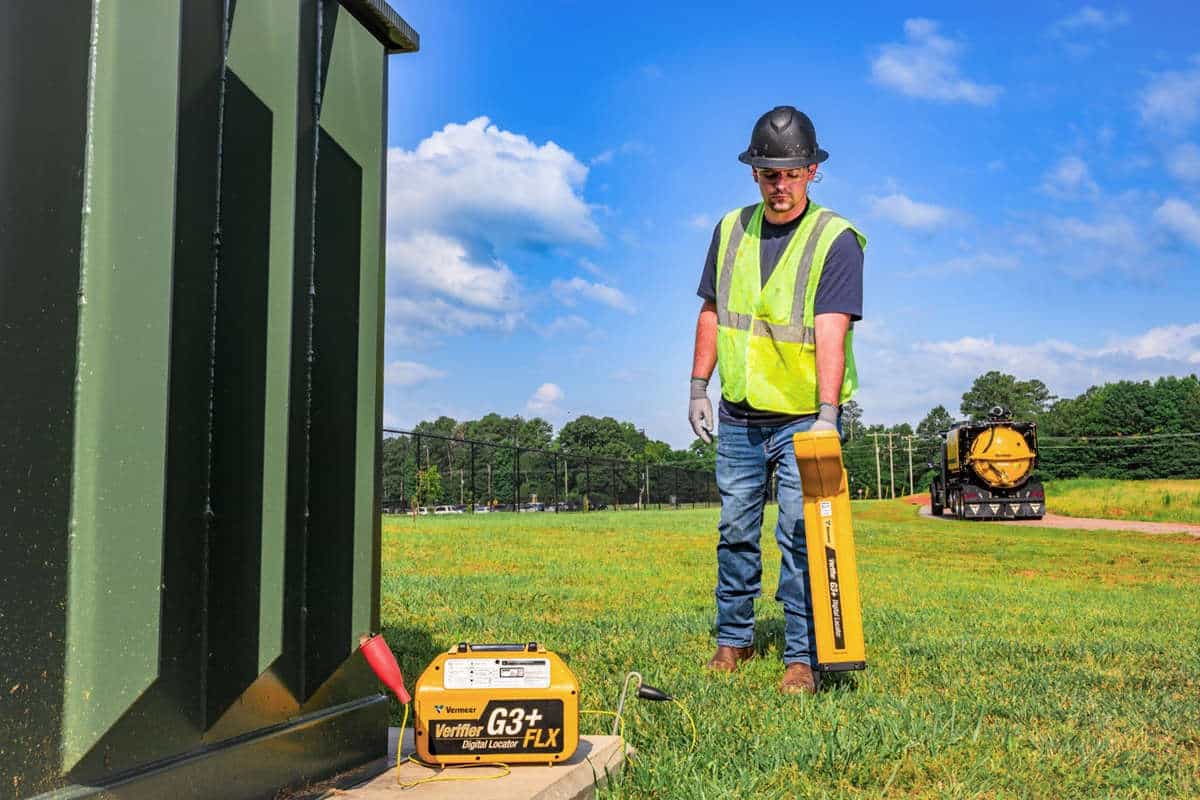Kawasaki Unveils Wheel Loader Updates in Arizona
KCMA Corp. invited members of the trade press to Wickenburg, Ariz., for a look at the newest updates in the Kawasaki-KCM Z7 wheel loader fleet. Kawasaki came out with its first articulated loader in Japan in 1962, and when you look at a timeline of Kawasaki wheel loaders over the years, little seemed to change in the design as the decades rolled. But that changed with the Z7 platform in 2012.
Some of the changes introduced in Wickenburg were driven by the era — with a focus on Tier 4 Final engines, efficiency, service and operator comfort — but other changes have been influenced by Kawasaki’s evolving relationship with Hitachi. The two companies formed a joint-venture relationship in 2010, but starting this October, Kawasaki KCMA is now a wholly-owned subsidiary of Hitachi Construction Machinery. Both companies bring a perspective to the table that has made for a better overall platform, like incorporating an open-centered, load-sensing hydraulics system — common in excavators — in the new 90Z7, which provides a more controlled acceleration.
Speaking of the 90Z7, following the success of the 90Z7 Tier 4 Interim wheel loader, this new loader offers additional features and increased efficiency and productivity. With the return to Cummins engines for a Tier 4 Final solution, the Cummins QSL9 provides 275 net horsepower and is DPF-free. The SCR technology Kawasaki implemented in this model runs cleaner and requires less maintenance while providing an additional fuel savings over the Tier 4 Interim model.
A new, high-efficiency bucket design provides increased penetration and material retention. The fuel-efficient open-center hydraulics system using variable displacement piston pumps provides excellent performance, even at low engine speeds. And the standard lock-up torque converter available in second, third and fourth gear is very fuel efficient while providing great hill climbing performance.
Power is in the operator’s hands at all times. Whether using normal or power modes, a temporary quick power function provides that momentary increase in power resulting in quicker cycle times. The flexshift feature also assists in improving cycle times. With increased sensors and new logic, this system responds to the working conditions and balances the proper speed and rimpull.
The smallest machine on site was the 67Z7, which is a class with a lot of potential after undergoing a total redesign. Many features of the Kawasaki-KCM 67Z7 are aimed at improving fuel efficiency and optimizing performance. The fuel-efficient engine is aided by a hydrostatic transmission (which is unique in this class) to provide outstanding power at low fuel consumption. Two power modes are available to fit the application requirements. The efficient, proven Z-linkage provides excellent digging performance. The standard Automatic Reversing Cooling Fan keeps the radiator cleaner and the systems running cooler. Patented HN bushings used in the loader linkage provide a lubrication reserve to allow for extended lubrication intervals up to as much as 500 hours.
We also learned about a special bushing, unique to KCMA, that has its own reserve of lubrication. So, in the event that an operator forgets a step in the regular maintenance routine, the bushing will be lubricated for up to an additional 500 hours.
Chris Crowell is a Contributing Editor of Utility Contractor.




